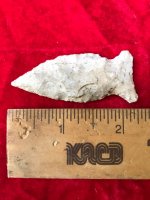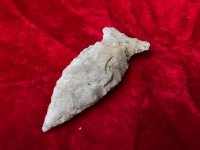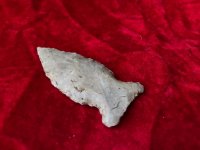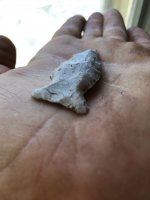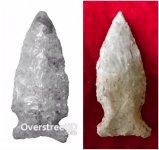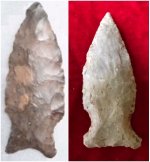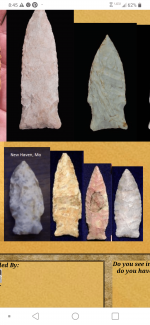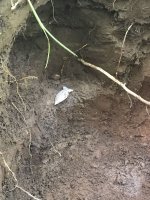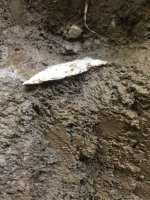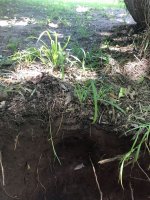Older The Better
Silver Member
- Apr 24, 2017
- 3,388
- 6,673
- Detector(s) used
- Whites Eagle Spectrum
- Primary Interest:
- All Treasure Hunting
Finally got a great in situ point, the consensus from non archeology people is that it’s a fish. I haven’t taken a deep dive into identifying yet but nothing in overstreet jumped out at me as an obvious choice.
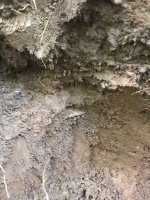
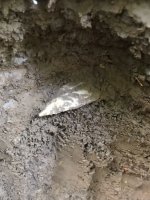
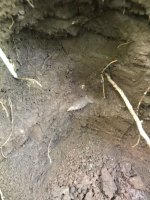
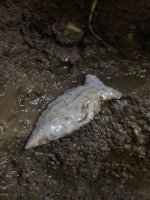
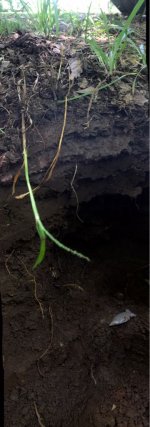
The other things ive found indicate early archaic.
Update: not rice lobed, possibly rice shallow notch if it’s rice at all, has a similarity to pike county but the notches are deeper another decent option is Gibson but the base is concave not convex and the time period is off although that’s not a deal breaker. Big sandys have some similarities but the shoulders seem weaker and it has a bit more of a needle tip





The other things ive found indicate early archaic.
Update: not rice lobed, possibly rice shallow notch if it’s rice at all, has a similarity to pike county but the notches are deeper another decent option is Gibson but the base is concave not convex and the time period is off although that’s not a deal breaker. Big sandys have some similarities but the shoulders seem weaker and it has a bit more of a needle tip
Last edited:
Upvote
0


